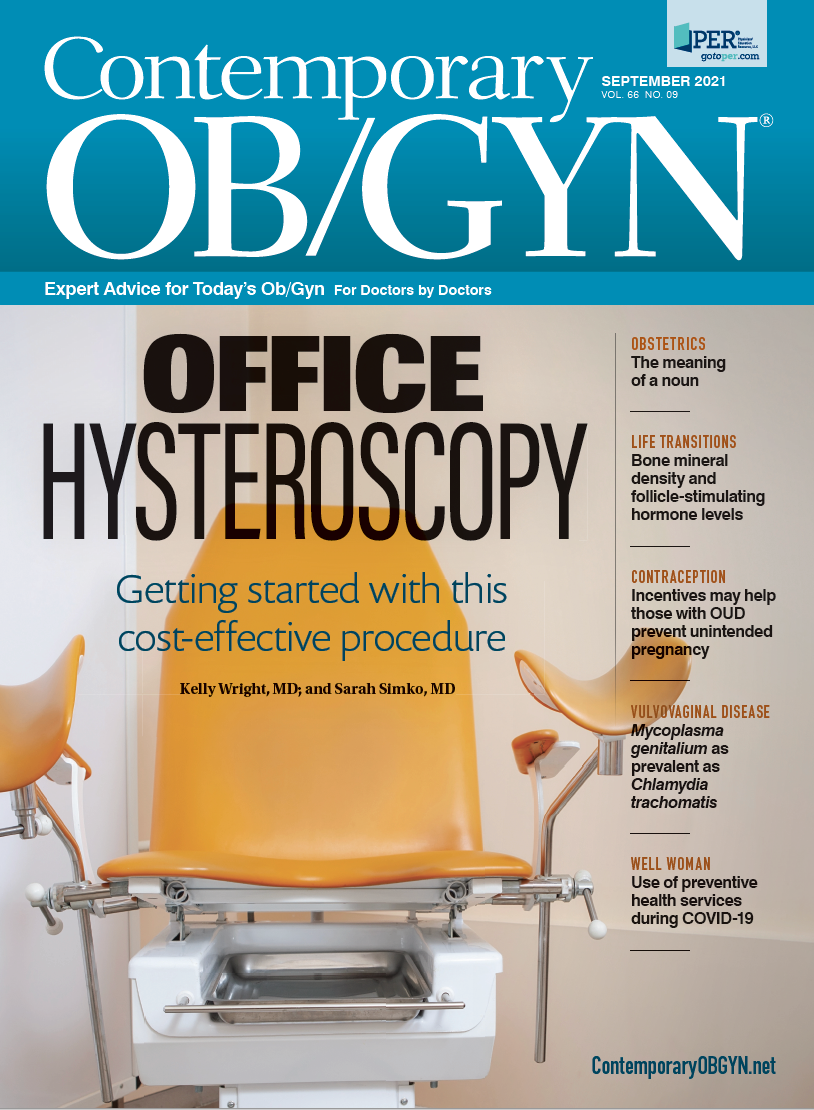Use of women's preventive health services during COVID-19
All categories of women’s preventive health services that required an in-person visit plummeted during the spring of 2020 due to the COVID-19 pandemic, in comparison to 2019, but then rebounded to near 2019 levels by July 2020.
This was the major finding of a cross sectional study in JAMA Health Forum of 685,373 women, aged 18 to 74, enrolled in the commercial health maintenance organization (HMO) plan of Blue Cross Blue Shield of Michigan (BCBSM).
“Preventive health services for women are an important category of care that improves reproductive health outcomes and reduces cancer morbidity and mortality,” said principal investigator Nora V. Becker, MD, PhD, an assistant professor of general medicine at the University of Michigan in Ann Arbor. “As a primary care doctor who provides these services to my patients, I wanted to examine what happened to the use of women’s preventive health services during COVID-19.”
The 5 services assessed were breast cancer screening, cervical cancer screening, sexually transmitted infection (STI) testing, long-acting reversible contraception (LARC) insertion, and provision of hormonal contraception from a pharmacy.
The likelihood of a woman receiving a given preventive service in 2020 versus 2019 was 20% lower for breast cancer screening; 20% lower for cervical cancer screening; 17% lower for STI screening; 13% lower for LARC insertion; and 27% lower for pharmacy-obtained contraception (all < P.001).
“That there were big reductions in use of all the categories of women’s preventive services in 2020 relative to 2019 is not surprising, as the COVID-19 pandemic interrupted use of all types of medical care in the early months of the pandemic,” Becker told Contemporary OB/GYN®. “What I did find surprising, however, was that once typical care resumed, the rates of use of most preventive services did not increase above baseline levels from 2019, suggesting that there is a group of women who have not yet rescheduled or received the care that was delayed by the pandemic.”
Another unexpected outcome was suggestive evidence that women who did receive preventive services after the pandemic started tended to live in higher-income ZIP codes, with greater proportions of White residents and English-proficient residents. “These were small shifts, and further research is needed to better understand these findings, but the results do raise the concern that the pandemic may have exacerbated pre-existing disparities in access to these important services by race, income, and language,” Becker said.
As for the potential fallout from the transient declines in preventive health services during COVID, “this is not yet known and an important topic for future research,” Becker said. “If these are just short delays in care, with women rescheduling these services quickly in 2021, the impact may be minimal. On the other hand, if some percentage of these missed services never get rescheduled, it could be much more significant.”
Becker said in many ways, the study’s results raise more questions than answers. “Future research by us and hopefully others will try to look at whether these cancelled and delayed preventive services have a negative impact on disparities in access to care and women’s overall health outcomes,” she said.
___
Disclosure
Becker reports no relevant financial disclosures.
Reference
Becker NV, Moniz MH, Tipirneni R, et al. Utilization of women’s preventive health services during the COVID-19 pandemic. Published online July 2, 2021. JAMA Health Forum. 2021;2(7):e211408. doi:10.1001/jamahealthforum.2021.1408

